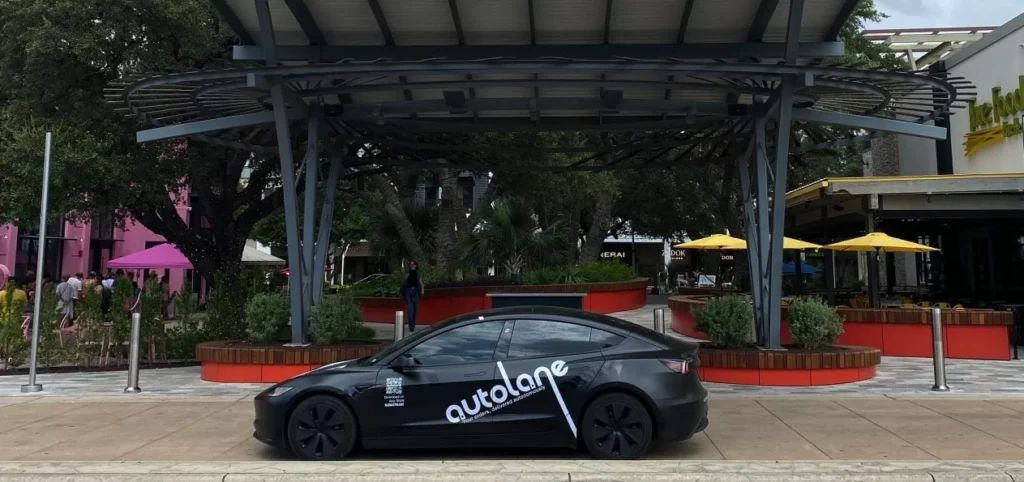
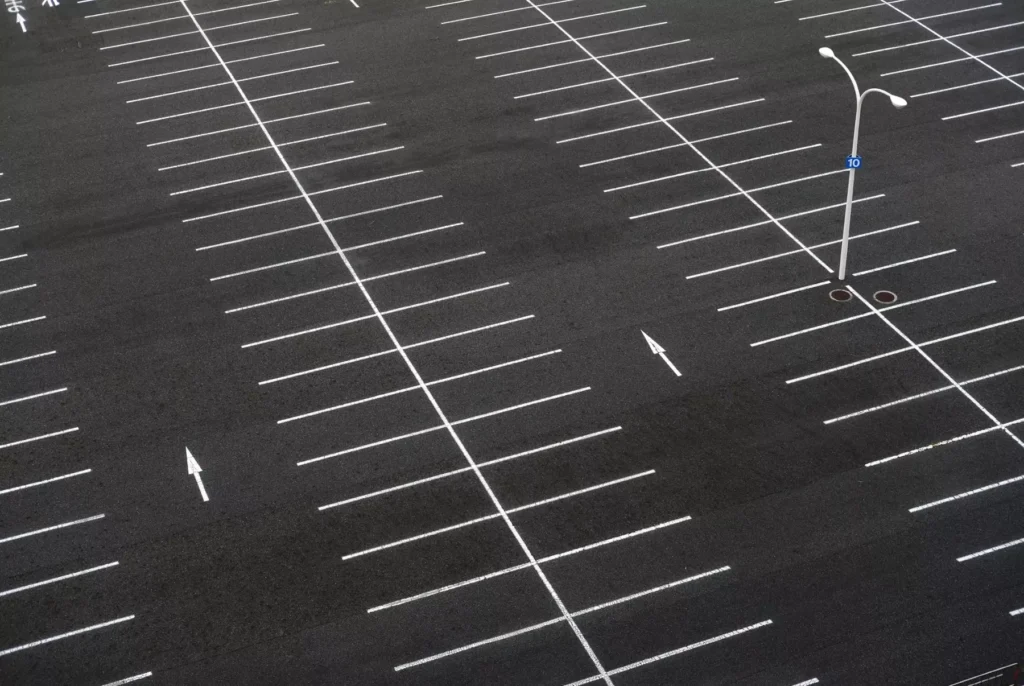

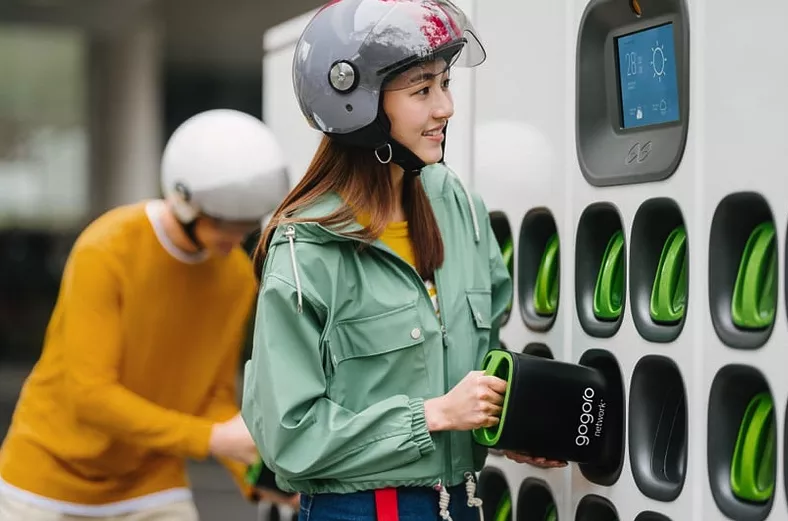
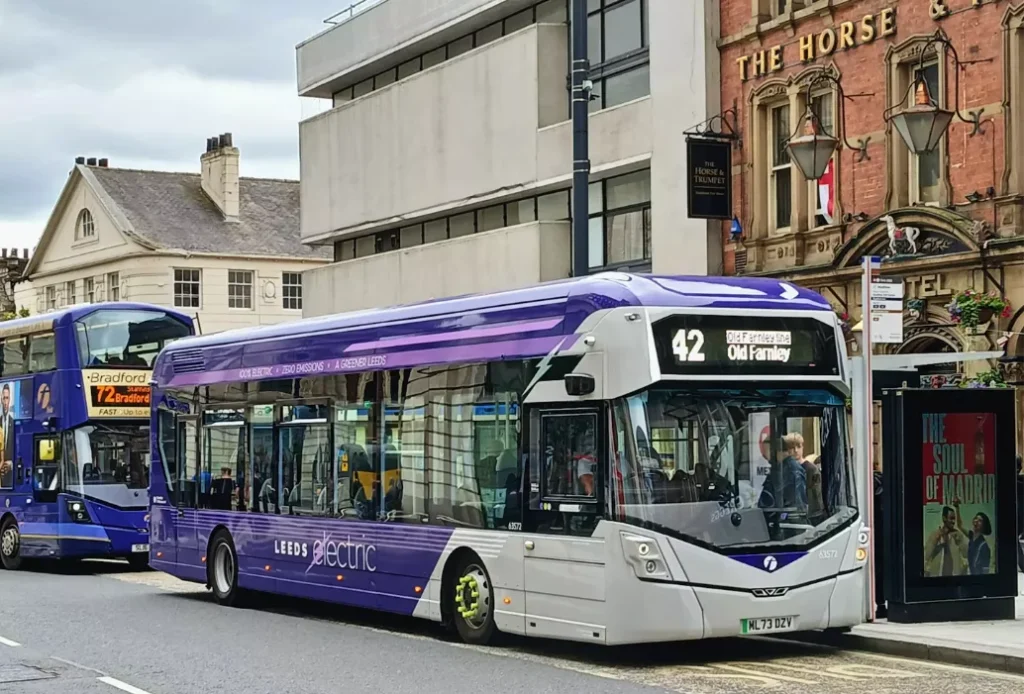
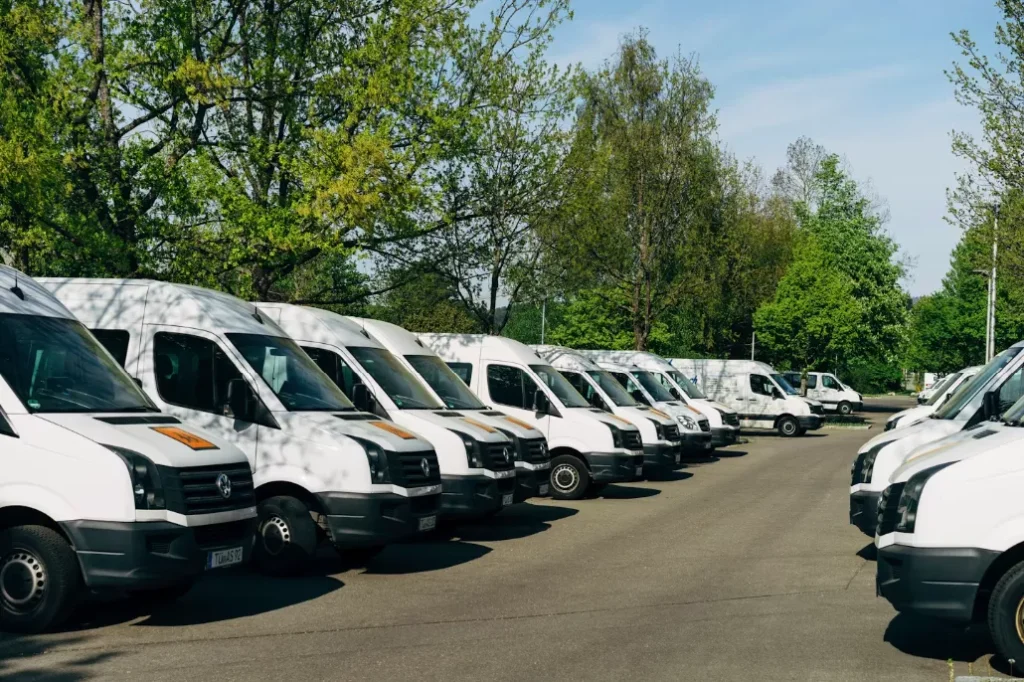






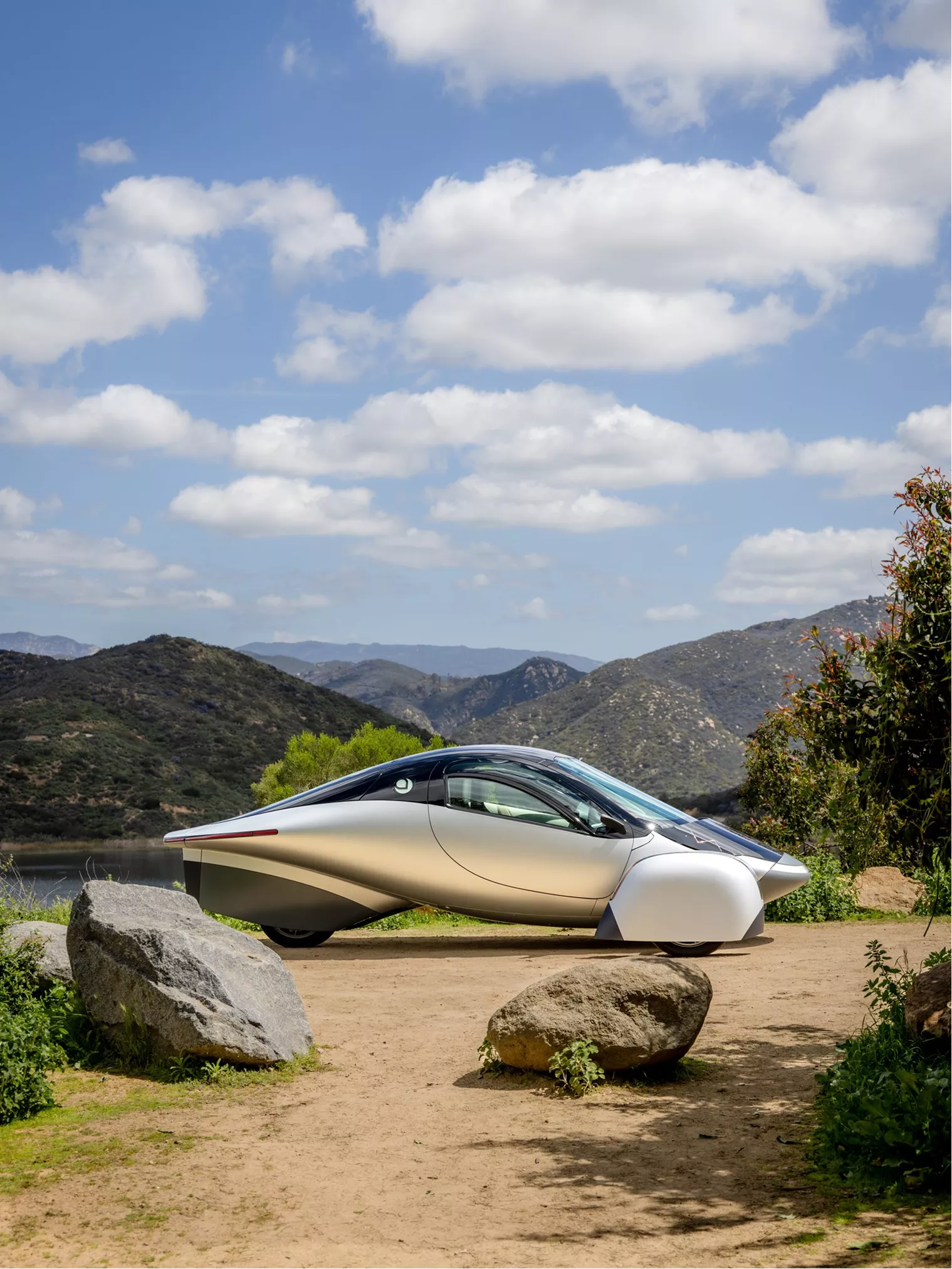
From EVs and batteries to autonomous vehicles and urban transport, we cover what actually matters. Delivered to your inbox weekly.
At WWDC 2025, Apple made one thing clear: the car is now a core part of its platform strategy. The company unveiled a sweeping CarPlay redesign alongside iOS 26, signaling its most ambitious move into the automotive space yet.
And the timing makes sense. According to Apple, CarPlay is used over 600 million times every day. As in-car software becomes a major battleground between tech giants and automakers, Apple’s next-generation CarPlay aims to claim the entire dashboard. With Google’s Android Automotive gaining ground in OEM partnerships, Apple’s latest update doubles down on interface polish, driver usability, and ecosystem integration.
Let’s see what’s new from Apple.
The most striking change? CarPlay’s new “Liquid Glass” design language.
This update introduces a translucent, context-aware interface that subtly reflects the vehicle’s surroundings, mirroring what Apple’s done across iOS, iPadOS, and Vision Pro. The result is more immersive, less visually jarring, and more adaptable to different lighting conditions inside the cabin.
Apple also rolled out three new icon appearance modes:
This is a move toward UI consistency across Apple’s ecosystem, now extending into the car. For designers and OEMs, that means CarPlay is becoming a design system for in-vehicle experiences.
CarPlay’s communication tools just got a serious usability upgrade.
The incoming call screen is now compact, sliding in without hijacking your navigation or music. It’s a small change with a big impact, letting drivers see who’s calling without losing sight of directions or route info.
Apple also added new messaging features tailored for in-car use:
Together, these changes help keep your hands on the wheel and your eyes forward, exactly what in-car UX should aim for.
This is the biggest functional leap: Widgets and Live Activities are now baked into CarPlay.
Drivers can now see iPhone widgets — like weather, calendar, smart home controls, and music — right on the CarPlay dashboard. No need for developers to rebuild apps from scratch either. If it works as a widget on your iPhone, it works in CarPlay.
You configure them directly in iPhone settings:
Settings > General > CarPlay > My Car > Widgets
Live Activities — Apple’s real-time info system, first introduced with Dynamic Island — now shows flight updates, delivery ETAs, ride-hailing progress, and sports scores directly in your car. These updates appear in low-distraction zones, keeping you informed without overwhelming the interface.
For Apple, this means turning the car into a fully integrated screen within your digital ecosystem. For automakers, it raises the bar for what “smart” infotainment should feel like.
With its CarPlay Ultra, Apple is taking over the entire in-car interface.
Originally launched with Aston Martin in May 2025, CarPlay Ultra extends Apple’s interface to all screens in the vehicle — instrument cluster, infotainment, HVAC controls, and more.
At WWDC, Apple confirmed new automaker partners joining the rollout:
CarPlay Ultra now includes dedicated apps for:
Apple emphasized that brands can still customize the visual layer to match their identity, easing concerns about losing control of the in-car experience.
Digital car keys aren’t new, but Apple just expanded who can use them.
With iOS 26, Apple Wallet’s digital car key support grows from 20 to over 30 automakers, including Tata Motors and Porsche. That means more drivers can lock, unlock, and start their cars with their iPhone!
Expect more controls to move into the Wallet and CarPlay ecosystem as Apple deepens ties with automakers. Think remote climate control, vehicle status, and location sharing — all built around your existing Apple ID.
It’s subtle, but powerful. It seems like Apple wants your phone to be the remote control for your car.
Apple’s WWDC announcements signaled a clear intention: own the in-car OS.
With Android Automotive OS already shipping in vehicles from Volvo, Polestar, GM, and others, the battle for dashboard dominance is heating up.
Key differences:
What’s at stake? Control over:
If Apple can convince automakers that CarPlay Ultra won’t erase their brand identity, it could leapfrog Android in premium integration, especially as EVs shift focus to software-defined experiences.
WWDC 2025 was a turning point for Apple’s role in mobility.
With Liquid Glass visuals, widget and Live Activity support, CarPlay Ultra expansion, and deeper Wallet integration, Apple is putting serious weight behind its automotive vision.
The dashboard is now a competitive battleground. And in 2025, Apple is no longer content with being just another app on it.
Whether automakers welcome that vision — or resist it — will shape the next era of connected vehicles.